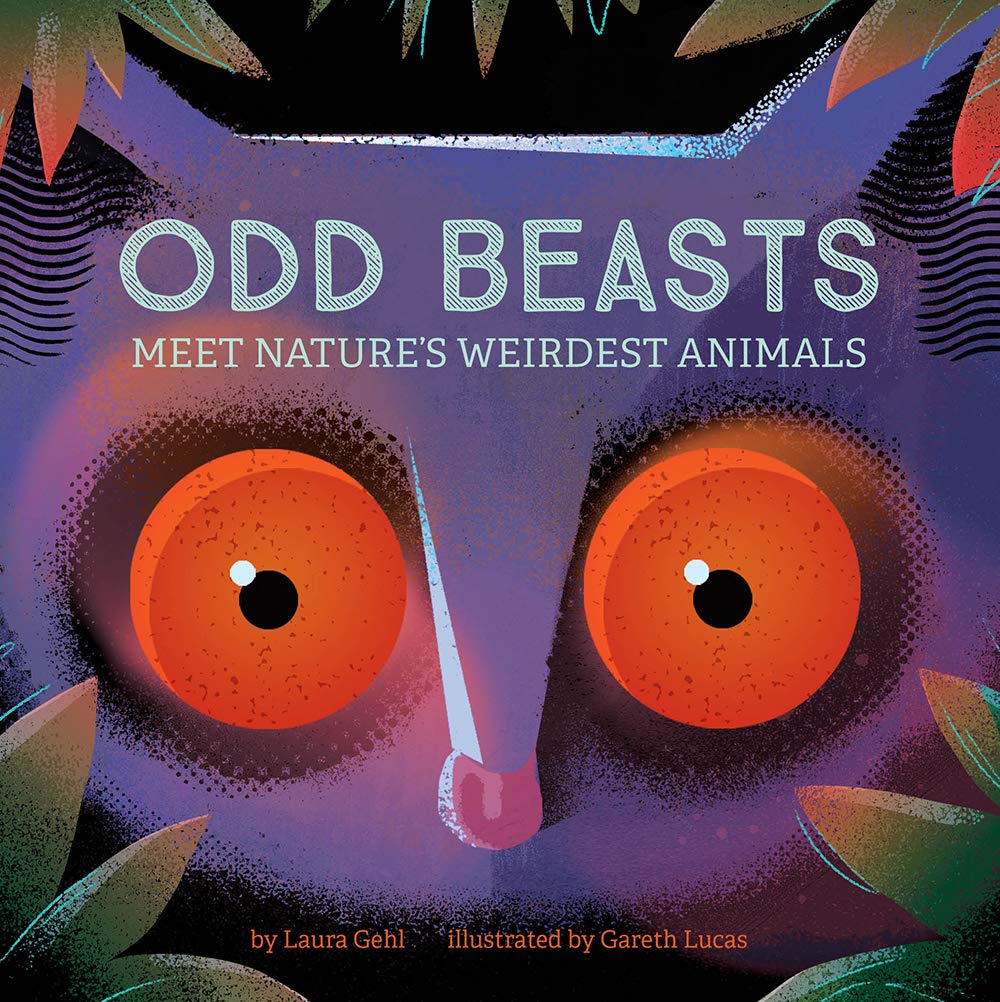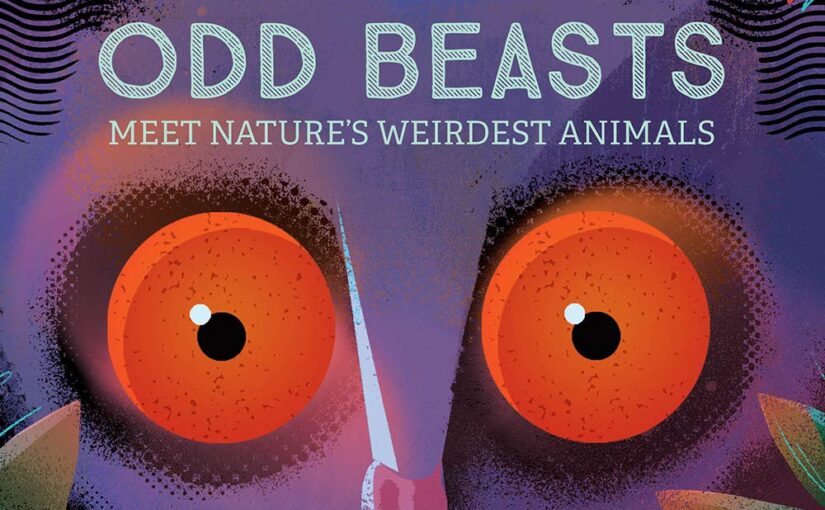Hello, little sponge of knowledge. Would you like some food? Board books speak to crawlers in a variety of ways. The vast majority of them are silly, building block-oriented books that teach colors, numbers, or the alphabet. It works like that in whatever language you’re learning, as a matter of fact, reading board or illustrated books, in a second language is a great way to learn vocabulary and some grammar. Odd Beasts: Meet Nature’s Weirdest Animals is a smart board book that’s meant for crawlers, aged two and up, but also goes north to those first and lower second grade students. For those of you keeping score, that’s a board book that can be interesting to young readers for five years, which is a massive spread in the Range Game on The Price is Right.

What’s more, the biggest flaw in the book is corrected in its final pages. It’s as if the book self-corrects itself in real-time. Odd Beasts takes a look at eight uncommon animals that some kids in the world might see a couple of times in real life, and others will never see. That’s the great thing about strange animal books. It gets people, especially young people, thinking about the oddities that exist in our world. Young kids might insist that they saw a pangolin in the backyard, but unless they live in Africa or Asia, it’s a near impossibility that they actually did.
It’s the fact that their growing minds are imagining the environments that these unseen creatures live in that makes these critters so irresistible. Those kids will dazzle their friends with the trivial snippets about the frog with the see-through skin or the babies with the impossibly large eyes. They’ll pretend to be a pangolin or even make a Giant Jumping Stick on the playground. While those younger readers won’t be able to remember the names of the animals, they’ll be able to tell you their distinguishing characteristics. Every two pages in Odd Beasts feature an illustration with a simple sentence that describes the animal. All of the words aren’t technically considered ‘sight words’; but the sentences are short enough to where young readers can repeat the sentences and get their pronunciation down after a couple of times with the book. The animal’s illustrations are set where the animals actually live. For example, the Angler Fish is set against the pitch-black bottom of the ocean where that light, dangling, nightmare fuel lives.
Those super curious readers and those older readers will read Odd Beasts and think to themselves, “this is cool, but the book would be so much better if we had real photographs and a bit more about the animals.” That is exactly what I was thinking, except I was thinking that the moment I opened the book.
At the very end of the book, each of the animals are given a photograph of them and just a little bit of information to bait the information hook. Is that a fishing pole sticking out of the female anglerfish’s head? Can a mammal have scales? Do sunfish actually weigh a ton? The questions posed are succinctly answered in a way that treats middle elementary-aged readers like the intelligent little sponges of knowledge that they can be.
The first 90% of the content in Odd Beasts is the text and level that one would expect from a board book aimed at ages two and up. It’s the final two pages where the conversation, the dialogue with those ages can happen. Sure enough, after reading the book to a group of pre-k students they were certain that they’d seen an Easter Long-Necked Turtle. And while I don’t know all of their travel habits, I asked them if they’d ever been to Australia. Then I asked them if they knew where Australia even was. It was a big goose egg to both questions. I pulled out the class globe, pointed out where Australia is located, explained to them that it’s a 24 plane ride there, and they all agreed that they hadn’t seen the turtle, much less been to where they live.
Odd Beasts: Meet Nature’s Weirdest Animals is by Laura Gehl with illustrations by Gareth Lucas and available on Abrams Appleseed, an imprint of Abrams Books.
There are affiliate links in this post.





 Facebook
Facebook Twitter
Twitter Flickr
Flickr GooglePlus
GooglePlus Youtube
Youtube